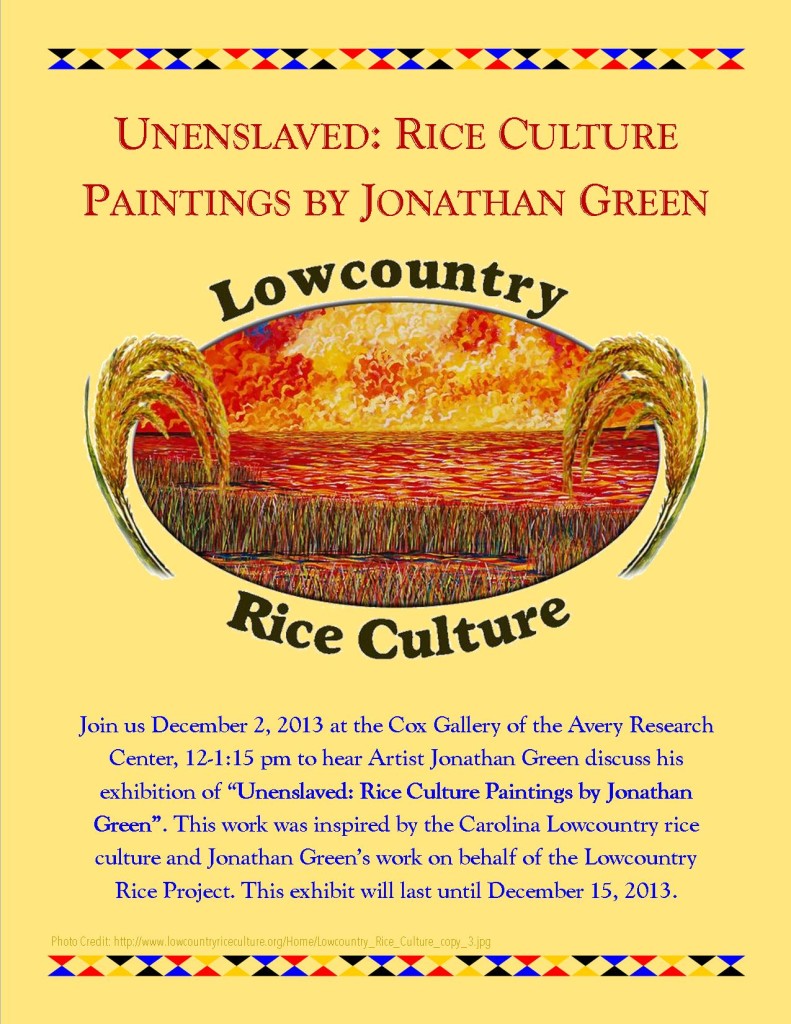While we commemorate the 150th anniversary of Emancipation in the United States, we’d also like to remember that slavery in the Americas did not end completely until 1888 when Brazil finally abolished slavery. Although photographic processes had been around since at least 1838, technological improvements in the later half of the nineteenth-century allowed slavery in Brazil to be photographed in greater detail. However, it was not until recently that the images were enlarged to show the brutal truths of slavery. A new exhibition in Sao Paulo, Brazil offers a more in-depth look at slavery through the preserved photographs. NPR recently featured the exhibit on their Morning Edition news program. In part of their interview, Lilia Schwarcz, one of the exhibit’s curators, says that they do not want to only show the slaves as victims.
Machado says many slaves were running away, while others had formed armed bands and were revolting. The enlarged images show the look in the eyes of the slaves. The battle, says Lilia Schwarcz, is very evident.
“They were fighting for their freedom,” she says. “So you have here a discussion about freedom.”
For more information and a video, check out the link here.
Filed under: Jubilee Project 


